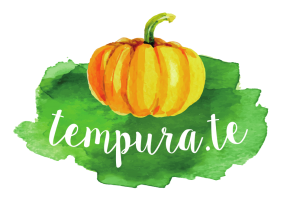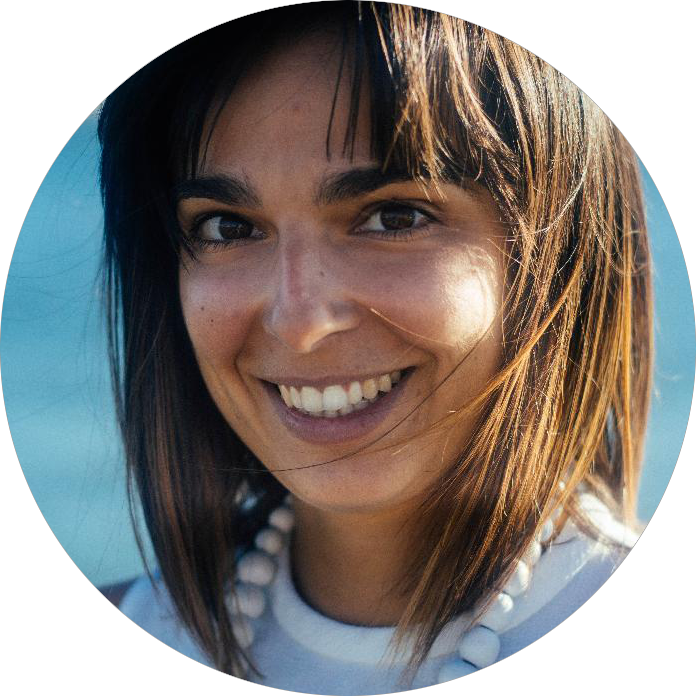Macrobiotics, Permaculture and Biodynamics

Monte Vale Madeira is a magical place in the heart of Alentejo, where I have the privilege of living and experiencing macrobiotic philosophy in its splendor. Here everything is recycled and we live in harmony with nature. We rely on solar energy, consume our own water, produce our food, reuse our waste, and make fertilizers from what today is trash in many other places.
But all this magic and food abundance are only possible because the soil is treated with great care and respect that potentiate any harvest. We believe that ” the ultimate goal of farming is not the growing of crops, but the cultivation and perfection of human beings ” as Masanobu Fukuoka wrote in his famous book The One-Straw Revolution.
Although I am not a specialist in agriculture, permaculture or biodynamics, I have been learning how to take care of the soil, because I’ve been living with a specialist in these fields and helping him almost daily to take care of our gardens. I also have the opportunity to observe other gardens and realize that details do matter for the final result.
But what do we do then to have fertile soils, healthy, organic and very tasty vegetables?
Contrary to what is done elsewhere, in our gardens the land is not plowed and the beds where the food grows are not trampled. Chemical fertilizers and pesticides are never used, so although we are not certified we have 100% organic foods.
The roots and leaves of what is harvested are always left on the ground because their decomposition will give us organic matter and, from time to time, we carry bags of leaves and soil from the forest that we then deposit in the beds.
In summer, to prevent the earth from drying out too much, the terraces are covered with sheets of newspaper, straw, or layers of dry leaves that later on also end up fertilizing the soil.
Doing so we assure that every year the land we are going to plant is becoming more and more moist, fluffy and full of nutrients. The thousands of living beings that inhabit the soil find there a safe place to grow and multiply, giving us increasing fertility. At each harvest, we observe the renovation and rehabilitation of a soil that about 6 years ago was composed mainly of stone and where very little could grow.
We rely on the knowledge of permaculture to have the best results. For those who do not know it, this is a philosophy that works with nature, not against it, whose strategies comes from a lasting and careful observation, rather than a prolonged and unreflected work and where plants and animals are taking in account according its functions and needs.
For this reason, we plant together corn, pumpkin and beans because the outcome of such combination is harmonious among the three of them. The roots of corn will help to open the soil while the plant, tall and firm, will support the growth of beans that climbs like a creeper by the corn. The beans will release nitrogen to strengthen the soil and the pumpkin, a leafy plant with lots of foliage, will also protect and refresh the soil. We planted tomatoes interspersed with basil, because between them they protect and support. And the symbioses continue among an endless number of plants.
The way we plant is therefore based on the characteristics of the place and of each plant, so that all their neighbors are supportive companions, sometimes because of the nutrients released to the ground, or for their secretions that can ward off unwanted pests and insects, or simply for their morphology creating synergies between them.
In addition, we carefully choose the days when we plant, harvest, or ferment, taking into account the positions of the planets. Just as we notice the influence of a full or new moon on tides or even in ourselves, so do the positions of the other planets influence us as well as they do influence agriculture.
Biodynamics is our great ally in this area. It has much in common with other organic approaches, but goes further in using the astrological calendar for the choice of sowing, planting, irrigation, and harvesting, enhancing the influences that the positions of the planets in the sky exert on the chemical elements and water resources in the Earth.
In summary, the biodynamic calendar divides the days of the month into flower, leaf, fruit or root. We know that a root day will be more beneficial for planting and harvesting onions, radishes, burdocks, or, for example, carrots. That in a fruit day we must do the sowing or harvesting of apple trees, fig trees, pumpkins, zucchini, cucumbers, or tomatoes. On the leaf, we plant and harvest lettuce, arugula, cabbage, watercress, or spinach. And in a flower day, we plant dahlias, roses, chamomiles, marigolds, or another plant whose purpose is to flower them.
Through its knowledge, we also know that on full moon days when the energy of the plants is more at its top, it is not good for pruning. If we do so the plant will become too weak. Instead, in such day it is good to pluck or cut unwanted herbs, because with the energy concentrated in its upper area, if we cut them they will have their roots weakened and will therefore have more difficulty in growing back.
Finally, as our grandparents have always done, we do crop rotation, alternating between demanding plant crops and other less demanding/restorative, or moderately demanding crops. In this way, we ensure that biodiversity and soil quality are maintained. As an example, I leave you a sample of what these different food groups can be.
Demanding plants – potatoes, squash, zucchini, tomato, pepper, eggplant, melon, cucumber, watermelon, cabbage, cauliflower or corn.
Moderately demanding plants – carrots, chard, lettuce, endive, leek, beets, radishes, parsnips.
Low demanding and restorative plants – garlic, onions, red radish and especially legumes (peas, beans, broad beans, lentils, lupine).
Despite the saying that two is good and three is too much, for this particular case, I consider that the marriage of these 3 philosophies is wonderful since permaculture and biodynamics enhance the whole macrobiotic philosophy, enabling the production of food without the use of chemical products or invasive techniques, fully respecting the cycles of nature.
Basically, in everything we do, we try to respect as much as possible the natural order of things, cooperating with nature to live in harmony with it. And yet the best of all this, for me, is that every day I learn something new through observation, and I find myself vibrating more and more with the Earth. And there is something very magical and mysterious when we connect with the Earth and allow ourselves to live a little more of its rhythm. But this is already the subject for another article! 😛






